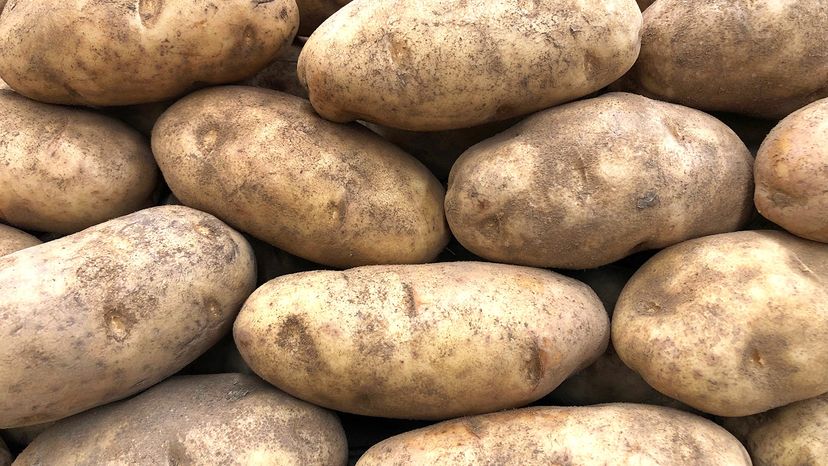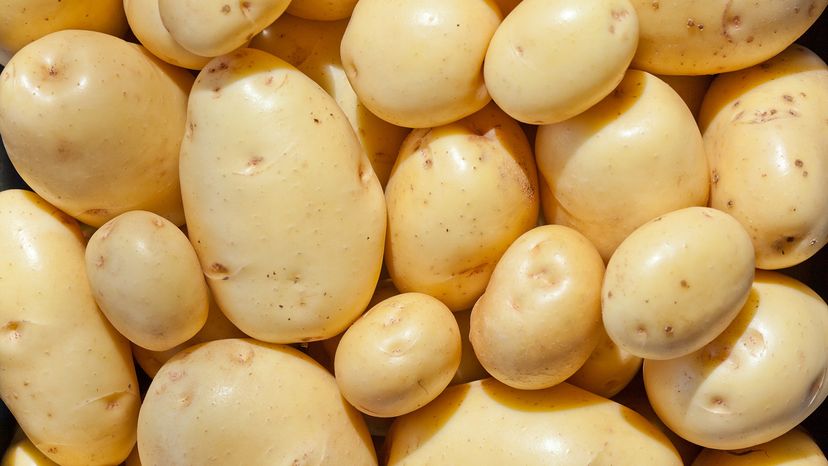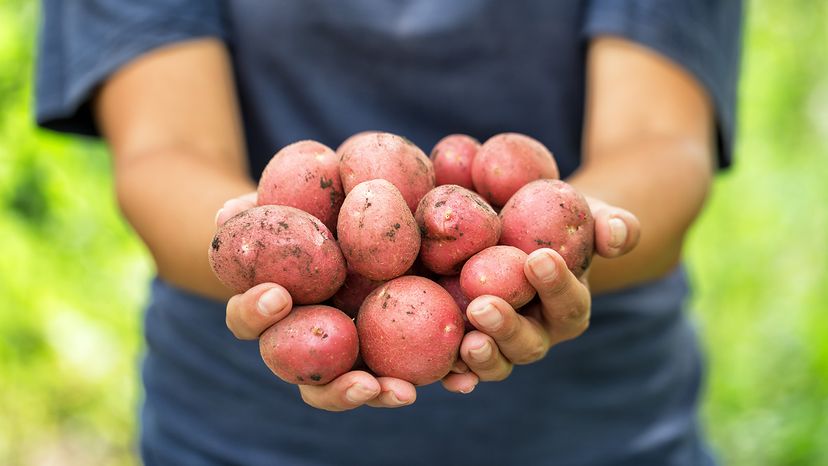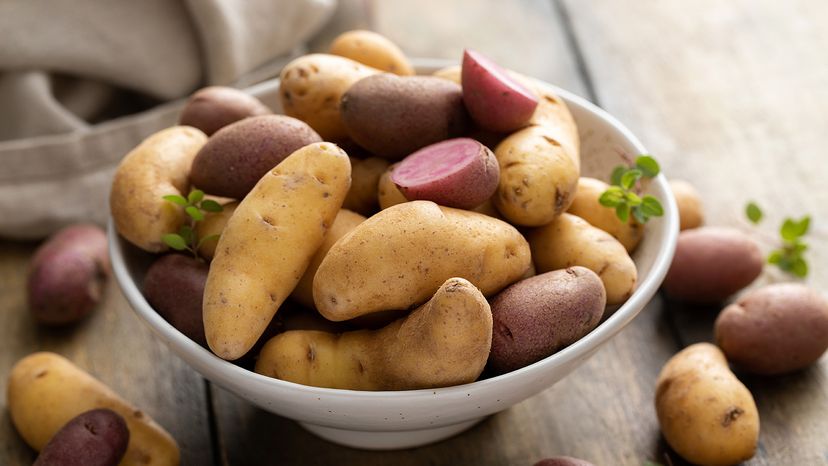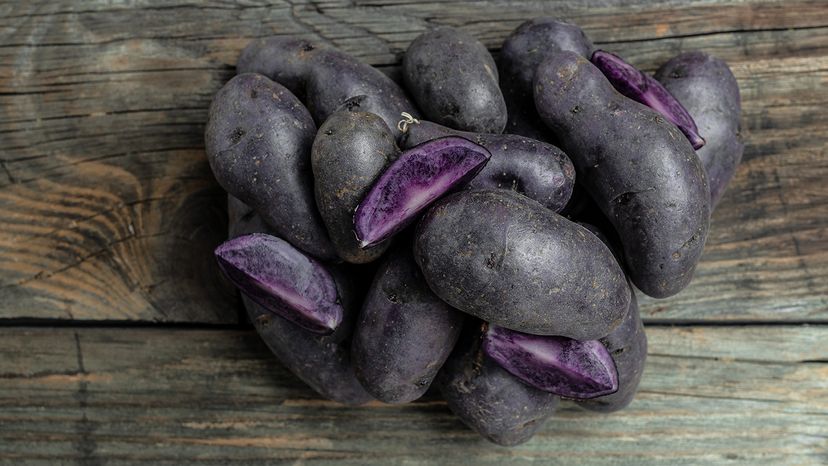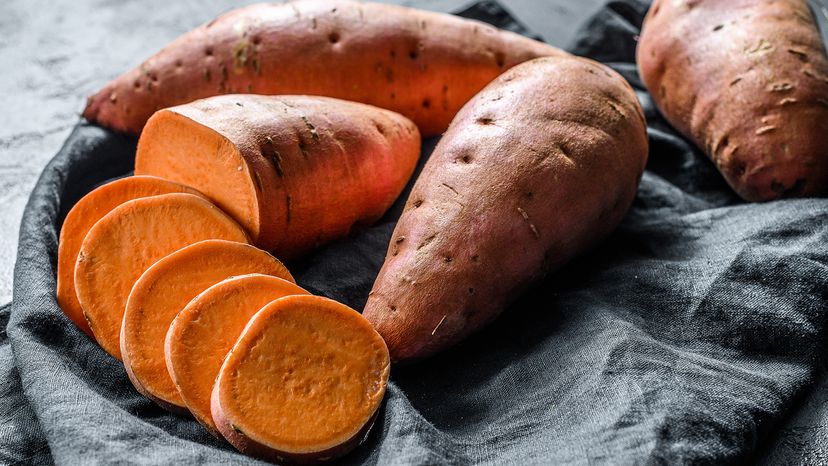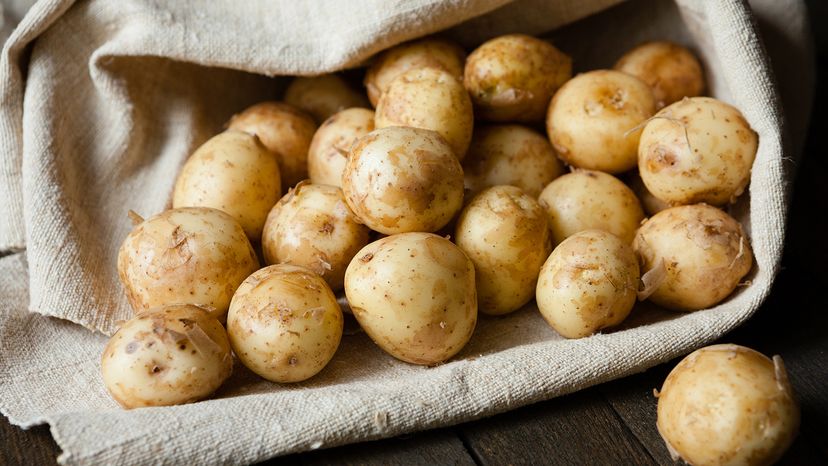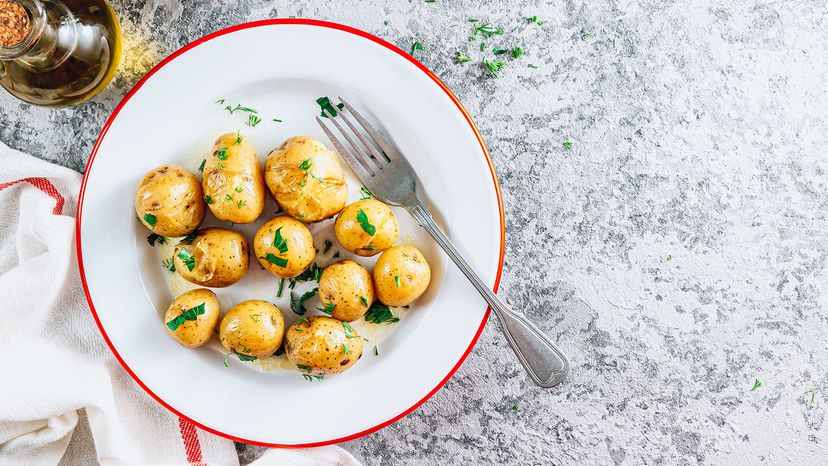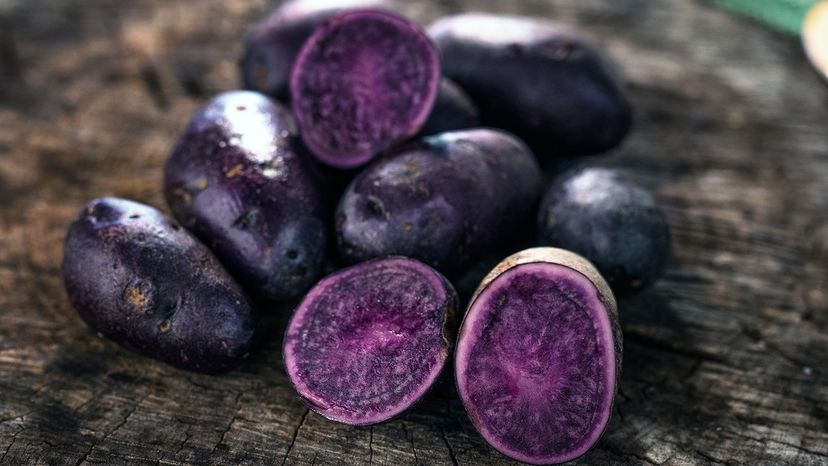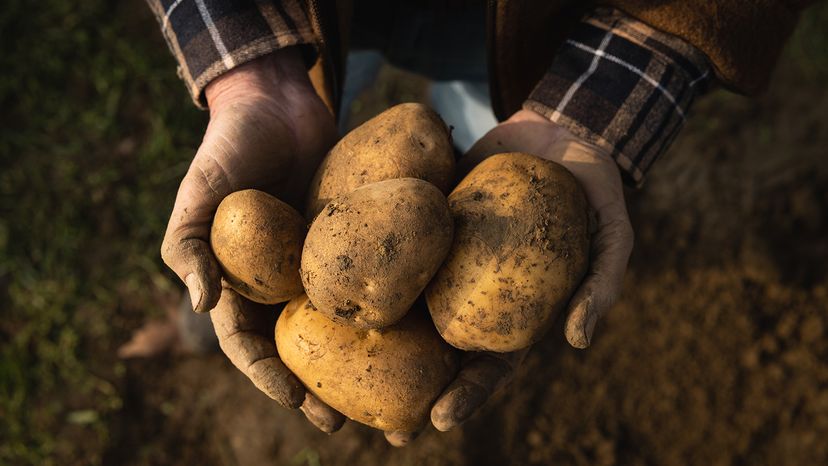
Potatoes are like the Swiss Army knife of the kitchen. Whether you're crafting a buttery mash or frying up hash browns, knowing your spuds is key.
The many different types of potatoes vary wildly in texture, color, and flavor, which is why choosing the right one makes or breaks your side dish.
Advertisement
Every potato falls into one of three broad categories: starchy, waxy, or all-purpose. That texture tells you everything you need to know about what they’ll do in a hot oven or boiling pot. Let’s sink our teeth into the details.
